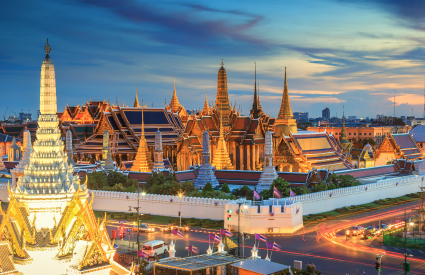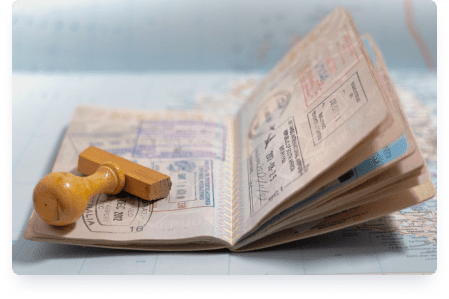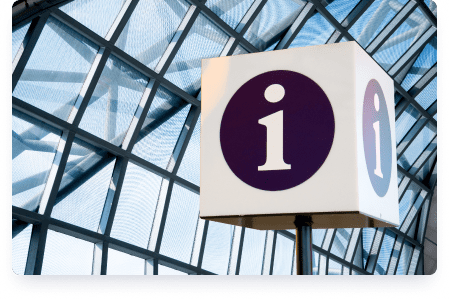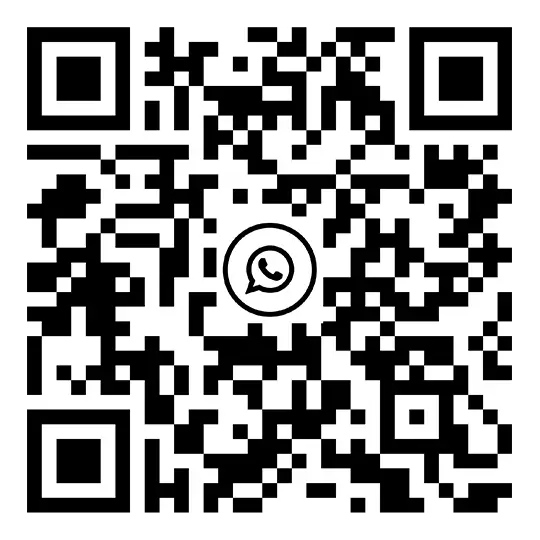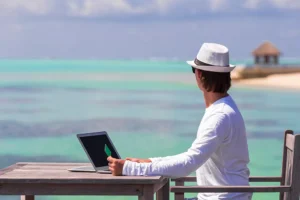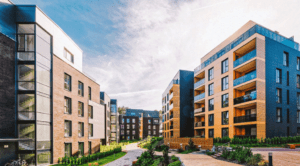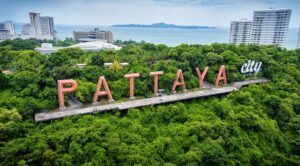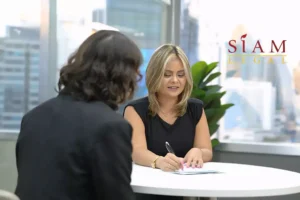Thailand has many land borders with its immediate neighbors of Cambodia, Laos, Myanmar, and Malaysia. However, as you read this article, most, if not all will be closed due to the ongoing COVID 19 pandemic and subsequent travel restrictions. Whether you’re leaving briefly to obtain a new visa-exempt entry, traveling to an embassy to obtain a new Non-O visa, or just planning to visit another country as part of your travels, here you’ll find all the information you need about all the various crossing points, listed by country. There are several very popular and commonly used crossings, as well as many more obscure and quieter crossings.
Some crossings are known to be a bit more problematic than others, most noticeably the Aranyaprathet/Poipet crossing into Cambodia, where you will find very militant and fussy immigration officers as well as a swarm of people trying to get money out of you. Quieter crossings such as Savannakhet/Mukdahan will likely be less of a headache, however, crossing the border will still take you around half an hour or so, depending on how busy it is. The attitude of the immigration officials also appears to vary between the different crossings, with some being friendly and polite and others downright rude and obstructive, really it’s pot luck what you will experience on any particular day. Also, you should be aware that there is a rule that you can only obtain two visa-exempt entries at land borders per calendar year, but there is no such restriction by air.
Another thing to mention is that the days of the “border bounce”, i.e. just going across the border and coming almost immediately to obtain a new visa-exempt entry are well and truly over. Once a very common and easy practice, now the Thai immigration officials see this as an abuse of the visa rules and will almost certainly refuse entry. Therefore you should plan to spend a few days in the neighboring country before trying to come back in or even obtain a new visa at a Thai embassy rather than relying on a visa-exempt entry. There is a huge amount of variation and inconsistency between different land border crossings when thinking about how they interpret and apply the rules, two people crossing with the same travel history may get very different outcomes, depending on the immigration officer they are faced with.
In total there are more than 20 land border crossings in Thailand, here we will take a look at the most useful and commonly used ones.
Malaysia
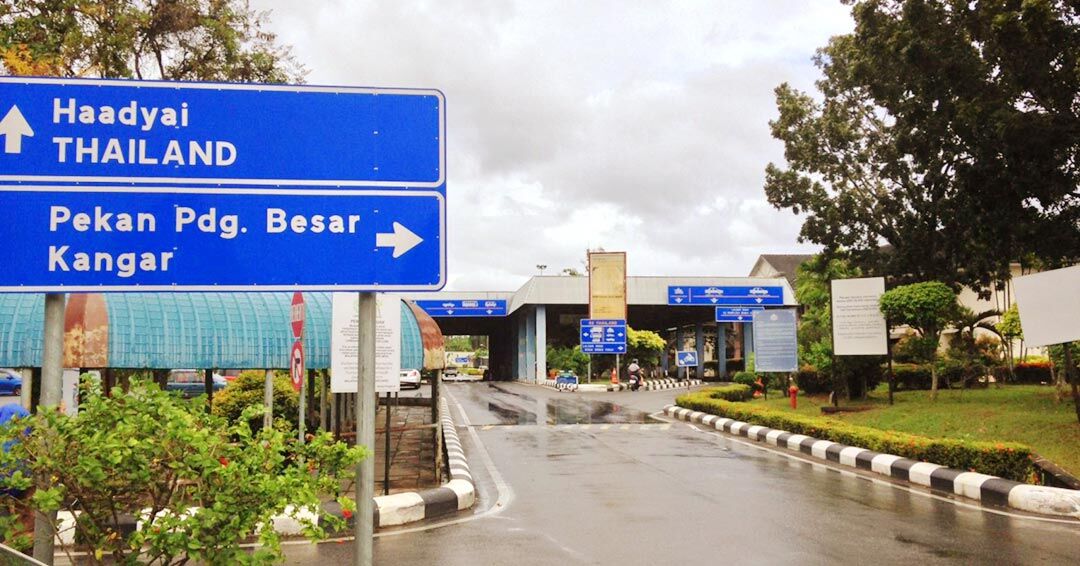
Pedang Besar
This crossing can be reached easily on both sides by public transport, including train (in which case you’ll need to alight from the train to clear immigration before getting back on). Known as a fairly friendly crossing, however, if you’re trying to enter Thailand here on a visa-exempt entry, they have been known to ask for a hotel booking and flight out of Thailand (as well as a sufficient amount of cash) before stamping you in, although these requests seem to be applied inconsistently. This can cause a bit of a headache if you haven’t made any plans yet, but you can make a booking with your smartphone and show it to them if you need to, so ensure you have some credit on your phone as you won’t be allowed to use their Wi-Fi.
Wang Prajan
A small, quiet, and not as well-known crossing, there’s not much to see or do on either side but it is scenic, as on the Thai side is the Thale Ban national park. Songtaews run-up to the border from Satun on the Thai side and taxis are available on the Malaysian side but you may need to ask someone at immigration to call one for you. There is a big weekend market and the ASEAN grand bazaar on the Thai side, alongside a few restaurants serving southern-style Thai food.
Sadao/Chanlung
Open 24 hours a day, this is a popular crossing but be warned, there’s not much on the Malaysian side and therefore can be a bit awkward finding public transport. There are plenty of places to eat and drink on both sides, with some bars and supermarkets on the Thai side and some very nice Nasi Kandar (Indian-style curry and rice) restaurants on the Malaysian side. Frequently used by western travelers.
Sungai Kolok/Rantau Panjang
A popular crossing, there is plenty of public transportation available on both sides. Once stamped out, you’ll have a short walk across a bridge before being stamped into your next country. There are plenty of taxi drivers lurking on both sides of the border happy to give you a ride. Sungai Kolok is a small town, but it has a lot of very good value guesthouses and restaurants and would be a good place to spend the night if you’ve been traveling all day, then can cross the border first thing in the morning.
Langkawi/Satun
The ferry from either Koh Lipe or Satun (on the mainland) in Thailand to Langkawi runs several times per day, weather permitting, and is another popular crossing into Malaysia. A convenient and easy way to cross, however, if you’re entering Thailand from Langkawi and have a history of many visits to Thailand recently, expect to at least be questioned about what you’re doing in Thailand, if they’re not satisfied with your responses then you could well be denied entry.
Cambodia

Aranyaprathet/Poipet
By far the most popular crossing into Cambodia, this crossing can be reached by bus from Bangkok in around four hours. Hot and dusty, the plot of land between the two immigration offices is packed with casinos, which in general should be avoided. The immigration officials at this crossing are known for being overly militant when checking your details and may even deny entry back into Thailand if they think you’ve stayed “too long”. Also, this checkpoint is known for being rife with touts and scammers, don’t even think about changing your money here unless you want to lose a third of it immediately. In reality, if you have been in and out of Thailand several times already, you should avoid this crossing entirely and either use a different crossing or even fly into Thailand.
Had Lek/Koh Kong
This crossing allows you to travel from the island of Koh Chang in the east of Thailand to the beach town of Sihanoukville in Cambodia. It is quite convenient, however, to make your crossing into Cambodia smoother, it’s advisable to have your Cambodian visa sorted out before arriving at the crossing, as the officials there can make it a slow and tedious process, and there are reports of many people being charged too much when trying to obtain their visa at the crossing itself. You can obtain your Cambodian visa in Bangkok for only $25.
Chong Jom/O Smach
If you find yourself in Isaan, this border crossing is very convenient if you want to travel to Siem Reap and visit the temples at Angor Wat. Close to Surin on the Thai side, it’s fairly easy to find a taxi or minibus on the Cambodian side which will take you on to Siem reap. Not usually very busy, but you may see a few westerners traveling with their Thai wives. Expect to pay around 350 baht (around $11.50) for public transport to Siem Reap, the buses tend to depart from opposite the O Smach Casino Resort.
Chong Sa Ngam/Anlong Veng
A quieter crossing only really worthwhile if you insist on traveling to the small town of Anlong Veng, although it does now have a casino. There is little to no public transportation available on either side of the border here, so not generally recommended.
Ban Pakard/Phsa Prum
This smaller, quieter crossing is not frequently used by tourists but you may find it handy if you find yourself in the area. On the Thai side, it is close to Chanthaburi, about an hour’s drive away, and Koh Chang, which is about two hours away. The unremarkable town of Pailin is about half an hour’s drive away on the Cambodian side. Realistically, it’s likely that other border crossings will be more convenient, however here they do issue visas on arrival.
Ban Laem/Daun Lem
Another small and quiet border crossing not far from the Ban Pakard crossing, which for most travelers will be a better option as they can issue Cambodian visas. In Ban Laem on the Thai side, you will find a very busy and hectic market selling all kinds of goods at rock-bottom prices, it’s a great place to pick up some cheap clothes, souvenirs, and perfume.
Myanmar
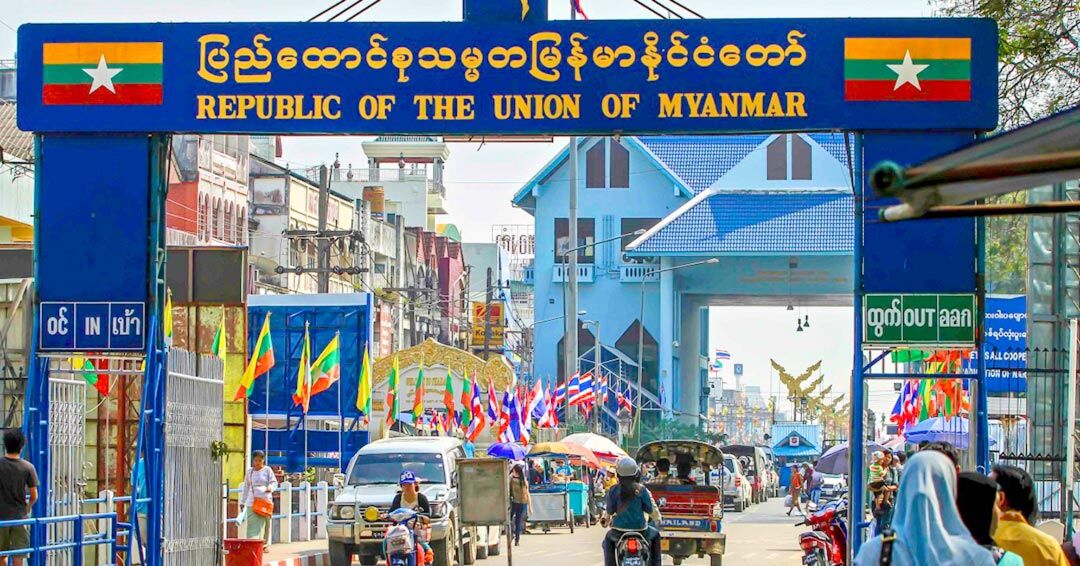
Mae Sai/Tachilek
A very busy and bustling border crossing with plenty to see and do on both sides, popular not only with visa-runners but also with locals crossing for work or to visit the casinos and nightlife venues on the Myanmar side. The crossing is about 65km north of Chiang Rai, with its famous white temple, and is convenient for visa runners. Trying to exit Thailand and re-enter quickly will not be successful at this crossing, they have completely banned the practice.
Mae Sot/Myawaddy
Located in Tak province, the charming town of Mae Sot might be a convenient place to exit the country if your visa has nearly expired. With a short walk across a bridge, there is plenty of public transport available on both sides, however, it is advisable to have your Burmese visa ready before heading here to avoid any hassle.
Phu Nam Ron/Htee Khee
About 70km west of Kanchanaburi, this quiet crossing does not issue visas on-site therefore you’ll need to have got your visa beforehand in Bangkok. There’s not much public transportation available on either side, particularly if you arrive late in the day you will probably struggle to find a taxi. The crossing is open from 6 am to 6 pm Thai time, and 5:30 am to 5:30 pm on the Myanmar side. It can get quite busy at the weekend with Thais and Burmese making the crossing, which will increase the processing time. Expect to pay around 950 baht ($30) for your Burmese visa on arrival, and 100 baht ($3.30) for the bus which takes you across the border.
Ranong/Kawthaung
Located right at the narrowest part of the Isthmus of Thailand, this border crossing is very handy if you want to visit Myanmar’s beautiful Andaman islands. You can also visit the Burmese region of Kauthaung without a visa for up to two weeks. The crossing involves a 30-minute ride in a longtail boat, and then you’ll have to pay $10 for the stamp but be warned they will only accept a pristine $10 note, if you don’t have one then you’ll be charged 500 baht.
Laos

Mukdahan/Savannakhet
Located in the northeastern region known as Isaan, Mukdahan and Savannakhet are separated by a bridge spanning the mighty Mekong River (the second “Friendship Bridge”). This crossing is very popular with ex-pats and tourists due to the Thai embassy in Savannakhet, which has long been known as one of the friendlier embassies where you can obtain a new visa and then re-enter Thailand. Savannakhet, although a fairly small, dusty provincial Laos town, does have a few markets, bars, and various restaurants, as well as a casino and, will keep you busy for a day or two whilst you wait for your visa to be processed (which is an overnight process).
Nong Khai/Vientiane
With a “Friendship Bridge” separating the two countries, this border can be crossed easily using international buses, private taxis, or a tuk-tuk. You should be wary of any taxi or tuk-tuk drivers trying to take you anywhere other than the crossing itself as they are likely trying to get you to use and pay for the service of a travel agent who won’t do much more than fill out the forms for you.
Chong Mek/Vang Tao
The towns on both sides of this border are small and don’t have much to see or do other than shop at some fairly basic markets or grab a bite to eat. Once through to the crossing itself, there is a walk of a few hundred meters to enter the other immigration checkpoint. Chong Mek is around 100km east of Ubon Ratchathani, takes around an hour and a half in a taxi, and costs around 1000 baht ($33). On the Laos side, Pakse is the first point of interest and is about 40km or so east of the crossing, and takes under an hour to reach.
